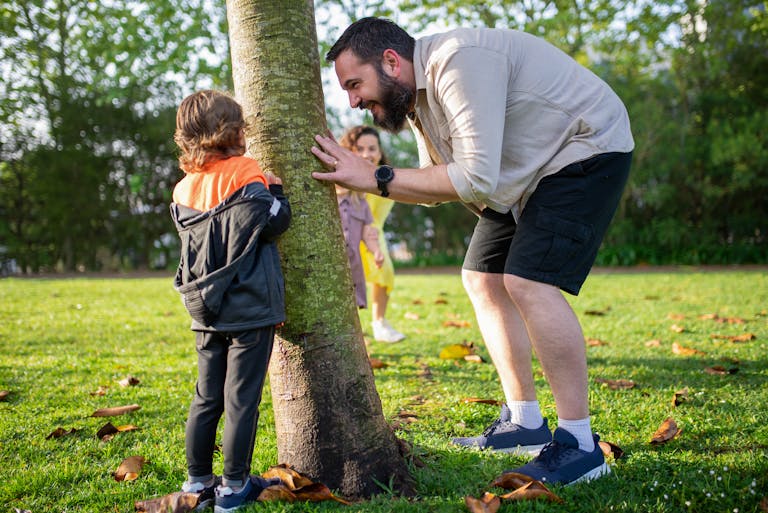School Bullying: Understanding, Preventing, and Addressing a Serious Issue

Bullying in schools is a pervasive issue that can have long-lasting effects on a child’s emotional, social, and academic well-being. As someone who experienced both physical and emotional bullying during my school years, I understand the deep scars it can leave. Bullying is not just a series of isolated incidents; it is a destructive force that, if left unchecked, can lead to severe consequences, including mental health struggles and, in extreme cases, violence.
The Impact of School Bullying
During my time in grades 4 and 5, I endured bullying at a private school. Despite reporting the issue to my teacher, it was dismissed, and I was left to cope with the situation alone. The constant bullying led to a decline in my grades and a loss of concentration. As a child, I couldn’t comprehend why I was being targeted. I was quiet and shy, traits that seemed to make me a target rather than protect me.
Reflecting on this as an adult, I realized that the bullies were likely struggling with their issues at home. Often, children who bully others do so because of unmet needs or negative experiences in their own lives. However, understanding this does not make the impact on the victim any less severe. The effects of bullying can be devastating, leading to anxiety, depression, and even suicidal thoughts in extreme cases.
Why Do Students Bully?
Bullying often stems from deeper issues that the bully is facing. In my case, the students who bullied me were from wealthy families, but likely lacked the emotional support they needed at home. They may have been imitating aggressive behaviors they observed in their own families. Bullying can be a misguided attempt to exert control or cope with their feelings of inadequacy.
Bullying often stems from deeper issues that the bully is facing. Research and case studies provide insight into the complex motivations behind bullying behavior:
- Family Environment: A study by the American Psychological Association (APA) found that children who witness or experience violence at home are more likely to engage in bullying at school. For example, a child who observes domestic violence may mimic this aggressive behavior with peers. A well-documented case involved a student who bullied others and was later found to be witnessing severe parental conflict and abuse at home.
- Personality Traits: Personality traits such as narcissism and aggression are linked to bullying behavior. Narcissistic individuals, who have an inflated sense of self-importance and a lack of empathy, may bully to assert dominance. Research published in the Journal of School Psychology highlights that students with high levels of aggression are more prone to bullying, seeking power and control over others.
- Social Dynamics: Peer pressure and the desire to fit in can also drive bullying. In some cases, students may bully others to gain acceptance or status within their peer group. For instance, a case study from the Journal of Adolescent Health examined a student who bullied classmates to align with a dominant group, enhancing his social standing.
- Low Self-Esteem: Surprisingly, students with low self-esteem may bully others as a way to boost their own self-worth. A study by the University of Illinois found that bullies often suffer from feelings of inadequacy and use bullying as a means of compensating for their own insecurities.
As educators and parents, it’s crucial to recognize that bullies are often in need of help themselves.
Consequences of Ignoring Bullying
Ignoring bullying is not an option. It’s a problem that won’t simply go away on its own. If not addressed promptly and effectively, bullying can escalate and have dire consequences. Some students may turn to self-harm, or in rare cases, retaliate violently against their peers. Schools must take a proactive approach to prevent such outcomes.
Bullying doesn’t only affect the immediate victim. It creates a toxic environment that can lead to poor academic performance, low self-esteem, and social isolation for many students. When children feel unsafe at school, they cannot focus on learning, and their educational experience suffers.
School bullying is a devastating form of physical and emotional abuse occurring within educational institutions. Allowing it to persist sends a dangerous message that such abuse is acceptable and will go unchecked. As noted by Mahatma Gandhi, “The best way to find yourself is to lose yourself in the service of others.” If we tolerate bullying, we not only fail to address the immediate harm but also perpetuate a cycle of violence, where bullies may go on to inflict abuse on their own families. Thus, we must break this cycle by taking decisive action against bullying to prevent further harm and foster a culture of respect and accountability.
What Can Parents Do?
Parents play a critical role in preventing and addressing bullying. It’s important to recognize the signs that your child may be experiencing bullying, as many children do not readily share this information. Symptoms such as withdrawal, loss of appetite, lack of motivation, and fatigue are often indicators of high anxiety or depression, which can result from prolonged bullying.
Switching Schools or Homeschooling
In cases where bullying becomes too severe, parents often consider switching schools or even homeschooling their children. These decisions are typically made after repeated attempts to resolve the issue with the school have failed. While switching schools can provide a fresh start and a safer environment, it is not a guaranteed solution. Sometimes, the trauma from the bullying experience carries over, making it difficult for the child to adjust even in a new setting.
Homeschooling, on the other hand, allows parents to create a controlled environment where their child can learn without the fear of being bullied. However, this option requires a significant commitment from parents and can sometimes lead to social isolation if not managed properly. Support groups and extracurricular activities can help mitigate this risk and provide a well-rounded experience for homeschooled children.
Legal Recourse: When Schools Fail to Act
If a parent and student have documented incidents of bullying and repeatedly spoken with the school about the issue without seeing effective action, it is not uncommon for legal action to be taken against the school for negligence. In fact, there have been cases where schools were taken to court and held accountable for their inaction. Some schools have been ordered to cover the costs of years of therapy for bullying victims because they allowed the bullying to persist without proper intervention.
This legal recourse serves as a stark reminder that schools have a duty to protect their students. When they fail to do so, they can be held responsible for the resulting harm. Parents considering this option should consult with legal professionals who specialize in educational law to explore their rights and the best course of action.
Steps Teachers Can Take to Combat Bullying
As a former teacher, I made it a point to address bullying as soon as I became aware of it. The moment I suspected bullying in my classroom, I would talk to the entire class about the importance of supporting each other and understanding that bullies often need help. This approach helped the bully understand the impact of their actions without singling them out, which often led to the bullying stopping.
I also made sure to speak privately with the bully to offer support and help them understand their behavior and establish boundaries. Additionally, I emphasized the role of bystanders, encouraging them to step in and support their peers who were being bullied. It’s important for students to understand that they can make a difference by standing up against bullying and not being passive observers.
Creating a Safe School Environment
To truly tackle the issue of bullying, schools must adopt a comprehensive approach. This includes implementing anti-bullying policies, providing training for staff on how to handle bullying, and fostering a school culture that promotes kindness, empathy, and respect.
Moreover, schools should provide resources for both victims and bullies, helping them address the underlying issues that contribute to bullying behavior. By taking these steps, we can create a safer and more supportive environment where all students can thrive.
In conclusion, bullying is a serious issue that requires immediate attention from parents, teachers, and school administrators. By understanding the root causes of bullying and taking proactive steps to address it, we can help ensure that every child feels safe, valued, and supported in their educational journey.
Author ,
Brian Mayser
Tutors For Less |Tutor and Teacher







